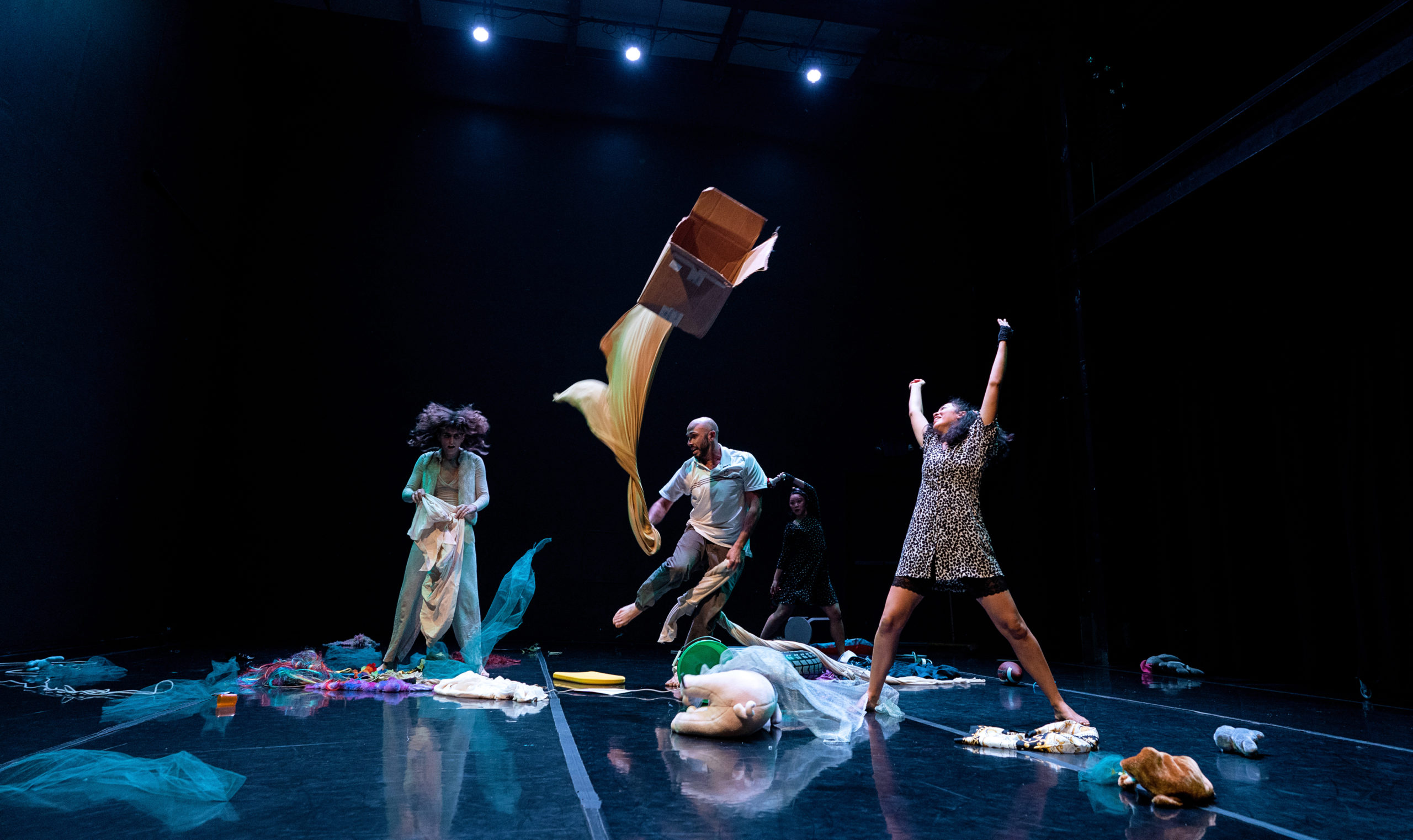Hope Mohr Dance’s Renaming As Bridge Live Arts Reflects Its Ongoing Equity Efforts
In August 2022, Hope Mohr Dance officially became Bridge Live Arts. The renaming of the San Francisco Bay Area–based company (taken from the organization’s Bridge Project program, which focuses on building community-centric works and investing in local artists) marks the latest—and most visible—step in its ongoing, equity-driven reorganization efforts.
Prior to the name change, the company had already adopted a distributed co-leadership model. Cherie Hill was brought on board as the director of arts leadership and Karla Quintero as the director of marketing and development, while Mohr, formerly the artistic director of her eponymous company, shifted to the titles managing director and resident choreographer. Additionally, Bridge Live Arts has restructured its board to be solely made up of working artists and amended its pay structure, so each employee is paid the same hourly wage.
According to Hill, these efforts have been top of mind since 2018, though they gained a new urgency following the cultural reckonings prompted by the events of 2020: the pandemic, the murder of George Floyd and the way the livelihoods of artists across the world were jeopardized during COVID-19 shutdowns.
Mohr adds that, over her many years developing relationships within her local arts community, she repeatedly “heard artists of color calling for white artists to move back from leadership and give up power.” These conversations played a large role in the ultimate decision to move away from the traditional, single-choreographer–led dance-company structure towards something the Bridge Live Arts team felt more accurately reflected the organization’s values. “We wanted a structure that would recognize that the work of the organization is that of many artists,” Quintero says.
Bridge Live Arts is looking at bringing the ethos behind its administrative changes into the studio, too. “Historically, the organization has been a platform for my dancemaking,” Mohr says. “We very much want to distribute that, as well, so that the organization is supporting other choreographers. It’s really important to not draw a line at the studio door and for this work to be happening both creatively and on the administrative side.” As part of these efforts, the organization established an artists’ council of four dance artists, who will play a role in curating programming for Bridge Live Arts going forward; the first cohort, which was in place for the 2021–22 season, wrapped at the end of September. According to Mohr, 30 percent of the organization’s production budget will go towards funding this work.
Beyond their own studio doors, the Bridge Live Arts team hopes to be a resource to other performing arts organizations that might want to make similar moves. Thus far, they’ve made themselves available for conversations with other groups and, through their public-dialogues series, are working to start conversations in the wider industry surrounding supporting artists, investing in inclusive programming and being transparent about funding and finances.
“What will be most impactful is systemic change within the field of dance,” Hill says. “That means that we all really need to be able to learn from each other and be willing to shift to what we know is most beneficial for everyone involved and for future generations.”





